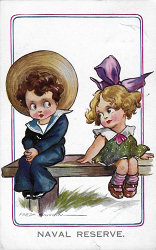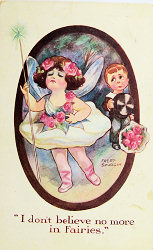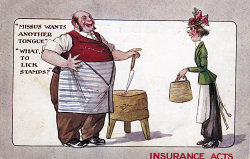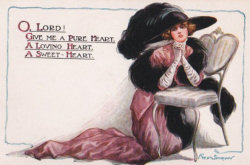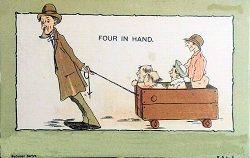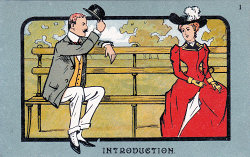|
Topics Picture overflowing the Frame |
|
While "F S" was not the only person to be using cards where the picture deliberately overflows the frame he definitely used it for six sets of cards published in England in 1906/7. Examples are brought together here so that a comparison can be made with two additional unsigned sets published in the USA by a company, A Q Southwick, which was already reprinting known "F S" cards. |

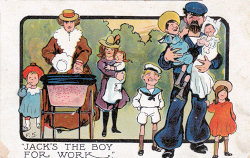
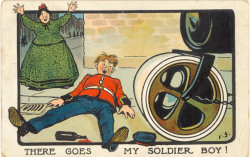
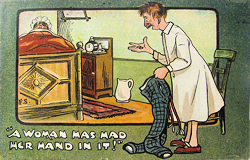
%20thumb.jpg)
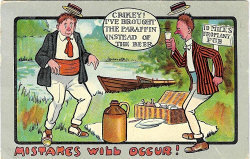

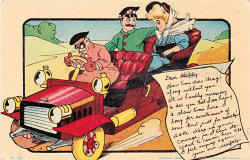
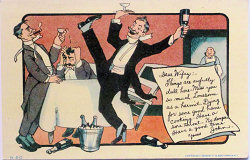
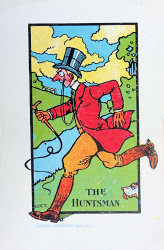 While
there is no claim that this picture format was invented by "F S"
a ebay scan was made of some 1800 comic cards posted in
the UK in the 1906-8 period. Nine cards which used an
overflowing box were noted - but all but one, illustrated here
and posted in 1908, was from one of the above sets by "F S."
While
there is no claim that this picture format was invented by "F S"
a ebay scan was made of some 1800 comic cards posted in
the UK in the 1906-8 period. Nine cards which used an
overflowing box were noted - but all but one, illustrated here
and posted in 1908, was from one of the above sets by "F S."